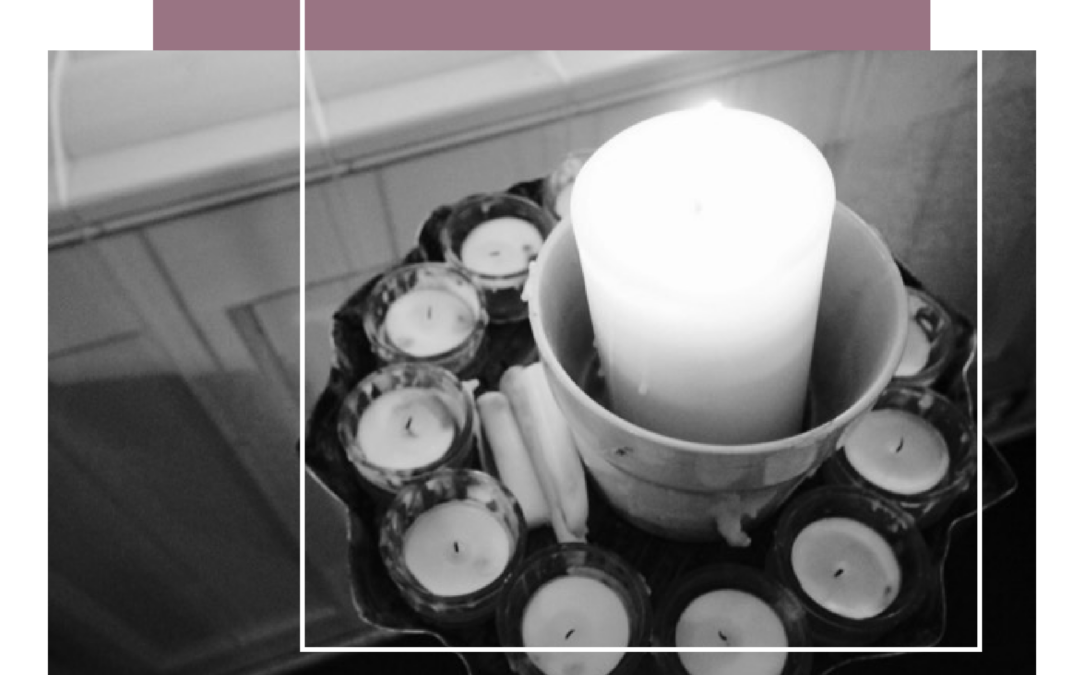“You do not have to do these things; not at all. God does not, I regret to report, give a hoot. You do not have to do these things – unless you want to know God. They work on you, not on him. You do not have to sit outside in the dark. If, however, you want to look at the stars, you will find that darkness is necessary. But the stars neither require it nor demand it.”
— Annie Dillard
The church season of Lent began last week with Ash Wednesday. In our beautiful sanctuary I went forward to receive ashes and heard “from dust you came” (vertical mark) and then “to dust you shall return” (horizontal mark now forming a cross on my forehead). Those words sound almost shocking in their starkness and apparent contradiction with how precious we hold human life.
I left the church in the afternoon for a dentist appointment and didn’t remember the cross on my forehead until the dental hygienist stared at it and then asked, “is today… that day… with the ashes?”
She stared at the cross for another few seconds — a little uncomfortably long — and then began to tell me about her mother who had passed away 28 days ago. She poured out the heartbreak of her mom’s sudden death and her anger over burial details that distracted their family from mourning together. She spoke her deep sadness to me, but she was truly sharing it with Jesus. The mark on my forehead just gave her an invitation to recognize Jesus’ presence and let out all of the grief that she’s been carrying for the past month in a space where she could trust God would hear her.
“From dust you came” is an invitation to surrender to my humanity. I was made by a Creator—as were you, and the man in the grocery store, and my dental hygienist, and every other human in history. Instead of hearing “I am nothing—I am dust” it’s an invitation to hear “I made you. I love you. I knit you together and you are fearfully and wonderfully created. Go out as my creation—understand and embrace your humanity.” The ash cross reminds us individually of our mortality and need for God and it creates sacred space where two humans can acknowledge their shared humanity and connection to something greater.
Lent is commonly associated with fasting or giving something up. While these practices can be meaningful ways to create space for spiritual reflection, any Lent practice is only helpful if it helps us recognize and surrender to our humanity—to repent of the ways we believe we are in control and the sin that accompanies that desired control—and to submit to and practice the Presence of God.
Our friends at the ministry Sacred Place used the above Annie Dillard quote in their Lent resource that we’re sharing here. It has some unique suggestions of practices and places that might be interesting to you during this season. You do not have to give anything up for Lent. You do not have to fast for 40 days. Any practices are simply ways of stepping into the darkness where the stars become visible. This Lent you are invited to notice God. Where is His whisper coming from? Where is He nudging you? Where do you see your humanity and the humanity of others being illuminated? If there’s a practice or prayer or place that is drawing you during this season, I invite you to walk outside into the dark and observe what lights up for you.
So grateful for each of you,
Holly

